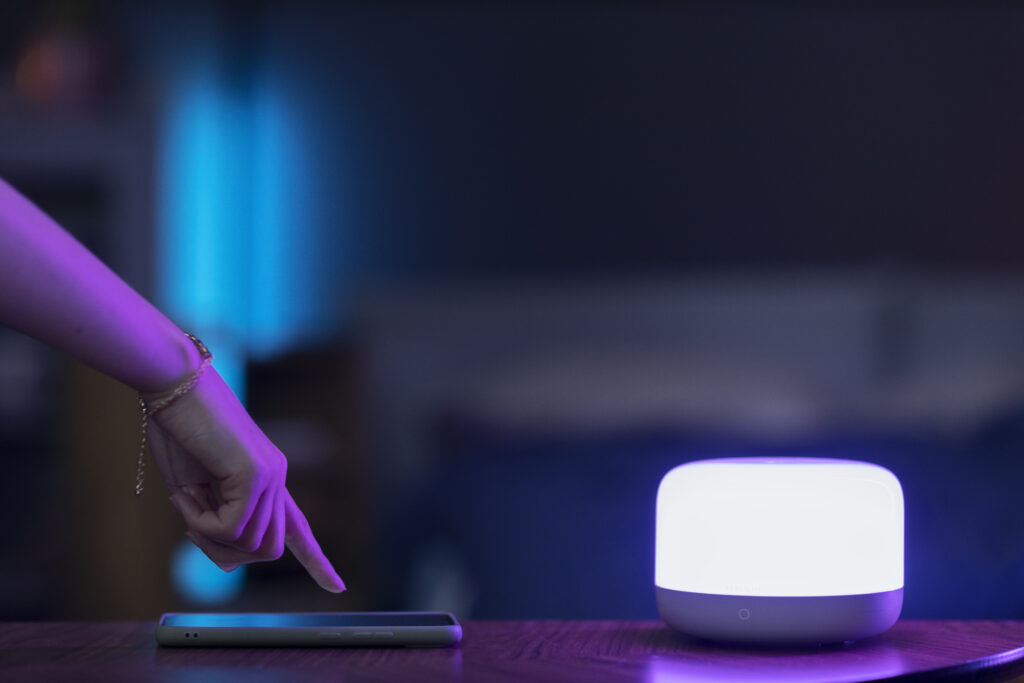Sensor lights have become ubiquitous in our daily lives, providing convenience, security, and energy efficiency. In this comprehensive guide, we’ll unravel the inner workings of sensor lights, exploring the technology behind these devices and their diverse applications. Join us on a journey of illumination as we delve into the fascinating world of sensor light technology.

Understanding Sensor Lights
Definition and Purpose
A sensor light, also known as a motion-activated or occupancy sensor light, is a lighting system equipped with sensors that detect movement or changes in the surrounding environment. The primary purpose of sensor lights is to automatically illuminate an area in response to detected motion, enhancing safety, security, and energy efficiency.
Key Components
- Motion Sensor: The core component of a sensor light, the motion sensor detects infrared radiation emitted by objects in its field of view. Common types include Passive Infrared (PIR) sensors, microwave sensors, and dual-technology sensors combining PIR and microwave.
- Light Fixture: The light fixture is the visible component of the sensor light, housing the bulb or LED source. It can range from traditional bulbs to energy-efficient LEDs, offering various lighting options.
- Control Electronics: The control electronics process signals from the motion sensor and activates the light accordingly. These electronics also incorporate settings for sensitivity, duration, and ambient light levels.

How Does a Sensor Light Work?
Passive Infrared (PIR) Sensors
- Infrared Detection: PIR sensors work based on the principle of detecting infrared radiation emitted by objects. When an object enters the sensor’s field of view, it emits infrared radiation, which the PIR sensor recognizes.
- Sensor Calibration: The PIR sensor is calibrated to detect changes in infrared radiation. In a static state, with no movement, the sensor remains inactive. However, when it senses a significant change in infrared levels, typically caused by a moving object, it triggers the lighting system.
- Activation and Illumination: Upon detection of motion, the control electronics activate the light fixture, providing illumination to the area for a predetermined duration. Some sensor lights offer adjustable settings to customize sensitivity and lighting duration.
Microwave Sensors
- Microwave Emission and Reflection: Microwave sensors emit low-power microwaves and analyze their reflection patterns. Any movement within the sensor’s range alters the reflection pattern, indicating the presence of an object.
- Continuous Monitoring: Unlike PIR sensors, microwave sensors can continuously monitor an area. They are effective in detecting movement regardless of temperature differentials, making them suitable for various environments.
- Activation and Deactivation: Similar to PIR sensors, the control electronics process signals from the microwave sensor and activate the light when motion is detected. After a set period without movement, the light automatically turns off.
Dual-Technology Sensors
- Combining PIR and Microwave: Dual-technology sensors integrate both PIR and microwave technologies to enhance accuracy and reduce false positives. By cross-verifying signals from both sensors, these systems offer increased reliability in motion detection.
- Optimizing Performance: The PIR sensor excels in detecting subtle temperature changes, while the microwave sensor provides continuous coverage. Together, they create a robust system that minimizes the risk of false activations.
Ambient Light Sensing
- Adjusting to Ambient Light Levels: Many sensor lights incorporate ambient light sensors to assess natural light conditions. This feature allows the light to adjust its behavior based on the available natural light, preventing unnecessary activation during daylight hours.
- Energy Efficiency: By considering ambient light levels, sensor lights optimize energy efficiency. They only activate when needed, ensuring illumination in low-light conditions and conserving energy in well-lit environments.
Applications of Sensor Lights
Home Security
Sensor lights are widely used for home security, illuminating entry points and deterring potential intruders. Their motion-activated nature ensures immediate response to any movement in the vicinity, enhancing the safety of residential spaces.
Pathway Lighting
In outdoor spaces, such as gardens and pathways, sensor lights provide illumination as soon as someone enters the area. This not only improves visibility but also adds a layer of safety by preventing trips and falls.
Energy-Efficient Lighting
Sensor lights contribute to energy efficiency by only activating when necessary. This is particularly beneficial in spaces where lights may be inadvertently left on, such as closets, garages, or utility rooms.
Public Spaces
Sensor lights find extensive use in public spaces, such as parking lots, parks, and building entrances. They enhance safety and security while minimizing energy consumption during periods of low or no activity.
Factors Influencing Sensor Light Performance
Placement
Proper placement of sensor lights is crucial for optimal performance. Consider the field of view of the motion sensor and ensure it covers the desired area without being obstructed by objects or vegetation.
Sensor Range and Sensitivity
Adjustable settings for sensor range and sensitivity allow users to customize the performance of sensor lights. Understanding these settings helps fine-tune the system to meet specific needs and avoid false activations.
Environmental Factors
Weather conditions, temperature changes, and environmental elements can impact sensor light performance. Regular maintenance, such as cleaning sensors and ensuring proper sealing against environmental elements, contributes to consistent and reliable operation.
Power Source
Sensor lights can be powered by various sources, including batteries, solar panels, or traditional electrical wiring. Choosing the appropriate power source depends on the location, accessibility, and desired sustainability of the lighting system.
Integration with Smart Technology
Advancements in technology have led to the integration of sensor lights with smart home systems. Smart sensor lights can be controlled remotely through mobile apps, allowing users to customize settings, monitor activity, and receive notifications.
Response Time
The response time of a sensor light, referring to the duration between detecting motion and activating the light, is a critical factor. Faster response times enhance the effectiveness of the light in providing immediate illumination when needed.
Durability and Weather Resistance
For outdoor applications, the durability and weather resistance of sensor lights are essential considerations. Opt for lights with robust construction, waterproof features, and resistance to harsh weather conditions to ensure longevity and reliability.
False Positive Mitigation
False activations, triggered by factors like moving vegetation or pets, can be mitigated through advanced sensor technologies. Look for sensor lights equipped with features like pet immunity and advanced algorithms to reduce false positives without compromising true detections.
Conclusion
Sensor lights have revolutionized the way we approach lighting, offering a blend of efficiency, security, and convenience. Understanding the principles behind sensor light technology, the various types of sensors used, and the factors influencing their performance empowers users to make informed decisions when incorporating these illuminating devices into their spaces.
As technology continues to evolve, sensor lights will likely see further enhancements, providing even more sophisticated and customizable solutions. Whether illuminating pathways, enhancing home security, or contributing to energy efficiency, sensor lights stand as beacons of innovation in the realm of lighting technology.
Elevate your projects with MLVOLT, a leading PCB design company & Sensor design company committed to excellence. Explore our comprehensive services, blending precision and innovation. Visit our services page for tailored solutions that transform your ideas into exceptional electronic realities.

Founder of MLVOLT & Ex-Marketing Manager of MBA CHAI WALA